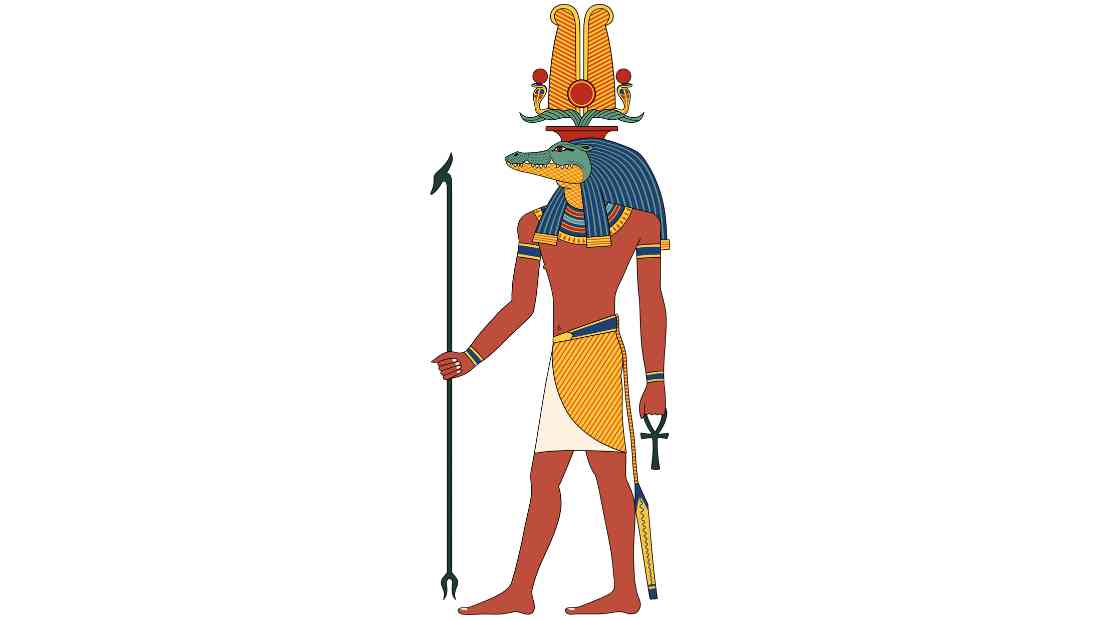Sobek, the crocodile god of Ancient Egypt, was a deity of great significance and power. Revered as the “Lord of Faiyum,” Sobek held a prominent place in the pantheon of Egyptian gods.
In the ancient Egyptian belief system, Sobek represented the dangerous and unpredictable forces of nature.
As the Nile’s guardian, he personified the river’s treacherous waters, which could bring both life and death.
The Nile was vital for the survival of the civilization, but it also posed risks in the form of crocodiles that lurked beneath its surface.
Sobek, with his savage demeanor, was seen as the embodiment of these hidden dangers.

Origins of Sobek, the Crocodile God
The crocodile god of Ancient Egypt, emerged as a powerful deity during the Middle Kingdom period (2055-1650 BCE).
His origins can be traced back to the city of Faiyum, located in the Nile Delta region.
As a water deity, Sobek became closely associated with the Nile, the lifeblood of ancient Egyptian civilization.
The Nile’s annual flooding brought fertility and sustenance to the land, and the crocodile god came to embody the primal forces of creation and destruction that were inherent in these natural cycles in Egypt.

The Representation of Sobek the Crocodile God of Ancient Egypt
Sobek was often depicted in two primary forms: as a man with the head of a crocodile or solely as a crocodile.
This duality represented his multifaceted nature.
On one hand, he embodied the ferocity and power of crocodiles, showcasing his destructive and predatory aspects.
In fact, one of the key aspects of Sobek’s character was his aggressive and predatory behavior.
Just like a crocodile lurking in the waters, he was relentless and cunning in his pursuit of prey.
Sobek was often depicted with a fierce expression, sharp teeth, and a muscular physique, emphasizing his formidable nature.
On the other hand, the crocodile god also symbolized protection and nurturing, as crocodiles were also known for guarding their young and their territories with great dedication.

This representation of Sobek as a man with a crocodile head or as a crocodile itself emphasized the harmony between these seemingly contradictory qualities.
It showcased the ancient Egyptians’ belief in the coexistence of opposing forces within a single entity.
Sobek’s association with the Nile and his dual nature made him an important figure in ancient Egyptian mythology and religious beliefs.
Worshipped as a deity who controlled the waters and influenced the river’s cycles, he played a crucial role in sustaining the agricultural prosperity of the Egyptian people.
In some depictions, the crocodile god wore a solar disk or a plumed headdress, linking him to the sun god Ra and highlighting his association with creation and renewal.
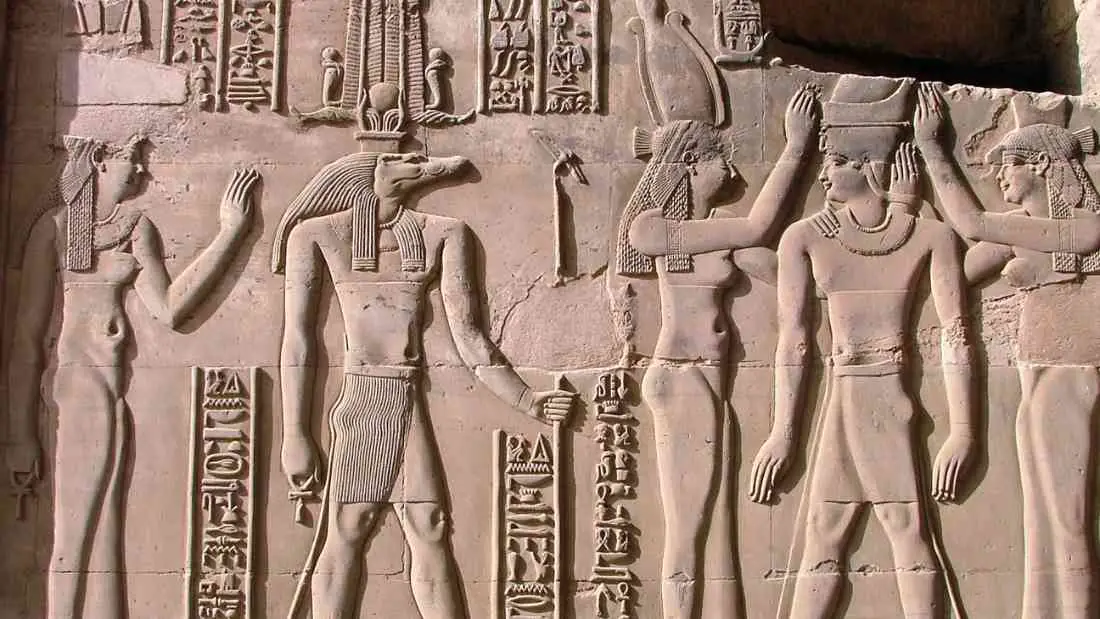
Sobek – Guardian of Pharaohs
The crocodile god of Ancient Egypt held a vital role as the guardian of pharaohs and the Nile. His fierce and formidable nature made him an ideal protector for the rulers of Egypt, both in their earthly lives and in the afterlife.
As the ultimate authority figures, pharaohs required strong and unwavering protection.
Sobek’s ferocity and strength made him a suitable guardian for the rulers, safeguarding them against any potential threats or dangers.
In the afterlife, the crocodile god continued to fulfill his role as the protector of pharaohs.
He was believed to accompany the souls of deceased pharaohs, ensuring their safe journey through the realm of the dead and into the realm of the gods.
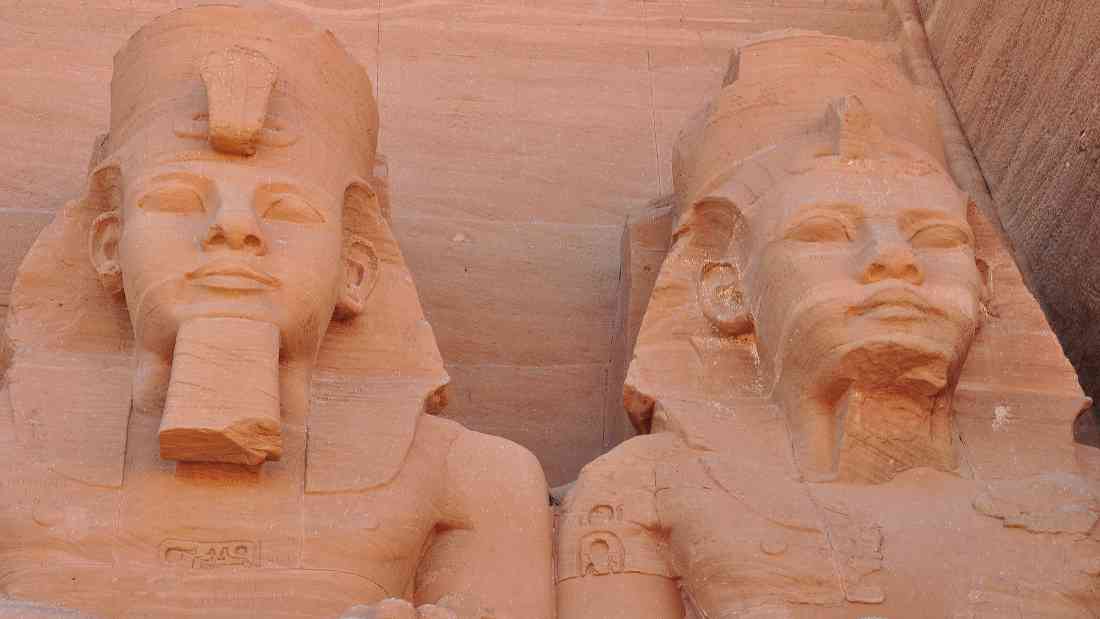
Sobek – Protector of the Nile and Fertility
As the divine guardian of the Nile, the crocodile god played a crucial role in the annual flooding of the river.
The Nile’s floodwaters brought fertile silt to the surrounding lands, ensuring bountiful harvests and prosperity for the Egyptian civilization.
Sobek was believed to have control over these floods, ensuring their timely arrival and preventing any potential disasters.
The association between the crocodile god and fertility extended beyond the agricultural realm.
Sobek’s connection to the Nile’s life-giving waters also symbolized the potential for growth and abundance in all aspects of life.
This made him an essential deity in the ancient Egyptians’ religious practices, as they sought his favor for prosperity, health, and general well-being.
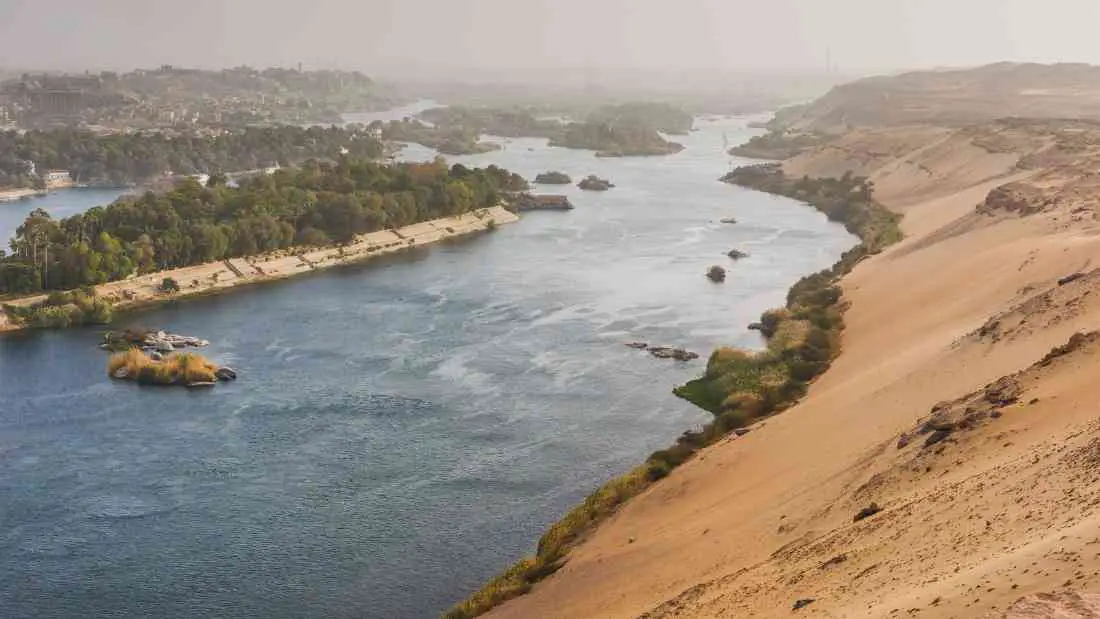
Sobek in Ancient Egyptian Mythology
The mythology of Ancient Egypt is replete with captivating tales featuring the crocodile god.
These stories highlight his valor and significance in the pantheon of Egyptian deities.
Sobek and Apophis
One prominent myth recounts the epic battle between the crocodile god and the malevolent serpent god Apophis.
As the sun god Ra embarked on his daily journey across the sky, Apophis sought to disrupt this celestial procession.
Sobek, with his immense strength and cunning, joined forces with Ra to vanquish the serpent god.
Together, they successfully thwarted Apophis, ensuring the sun’s uninterrupted passage and the continuation of life on earth.
Temples Dedicated to Sobek
The worship of Sobek permeated ancient Egyptian society, with numerous temples dedicated to his name.
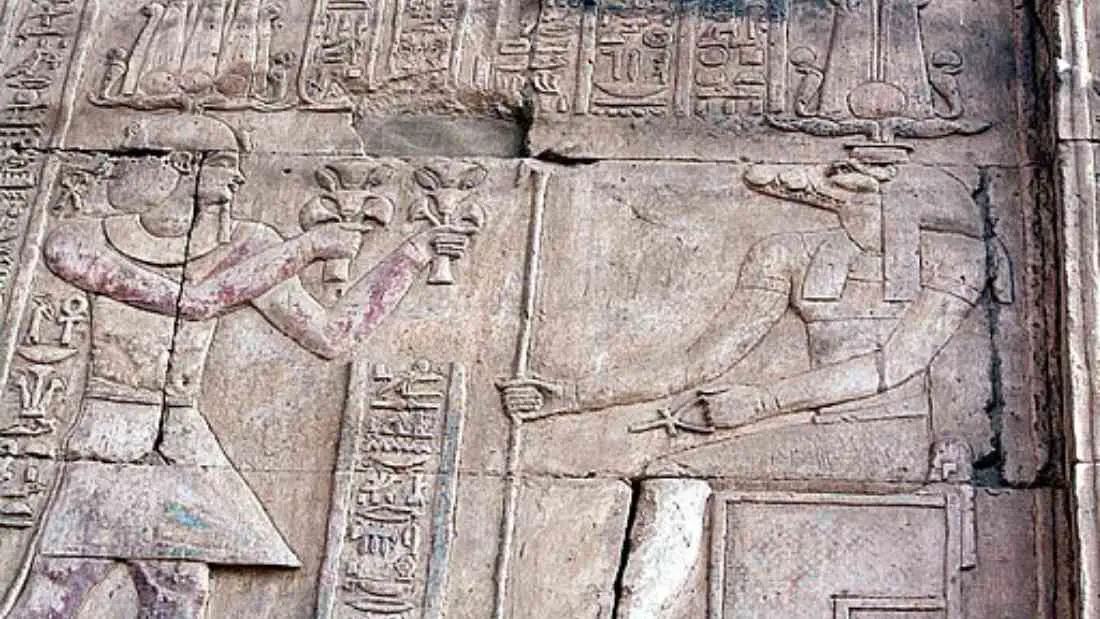
The Temple in Kom Ombo
Among these sacred sanctuaries, the Sobek Temple in Kom Ombo stands as one of the most renowned and well-preserved examples. Situated on the banks of the Nile, this temple served as a center of worship and veneration for Sobek.
This unique temple is a double temple, dedicated to both Sobek, the crocodile god, and Horus, the falcon-headed god.
The southern half of the temple specifically honors Sobek as the god of fertility and the creator of the world, alongside deities like Hathor and Khonsu.

The Temple of Kom Ombo was built during the Ptolemaic dynasty, which ruled Egypt from 305 BC to 30 BC.
Situated in the northeastern section of the Temple of Kom Ombo is a Roman-style chapel dedicated to Sobek.
This chapel was constructed in the 3rd century AD, showcasing the continued reverence for the crocodile god even during the Roman period.
Devotees sought Sobek’s favor through rituals and offerings, expressing their reverence and seeking his protection, fertility, and prosperity.
Worshipers believed that by appeasing Sobek, they could ensure the well-being of their communities, bountiful harvests, and the overall prosperity of their lives.
In these temples, priests conducted rituals and ceremonies to honor Sobek, calling upon his power and seeking his guidance.
Offerings such as food, flowers, and incense were presented to show devotion and gratitude to the crocodile god.
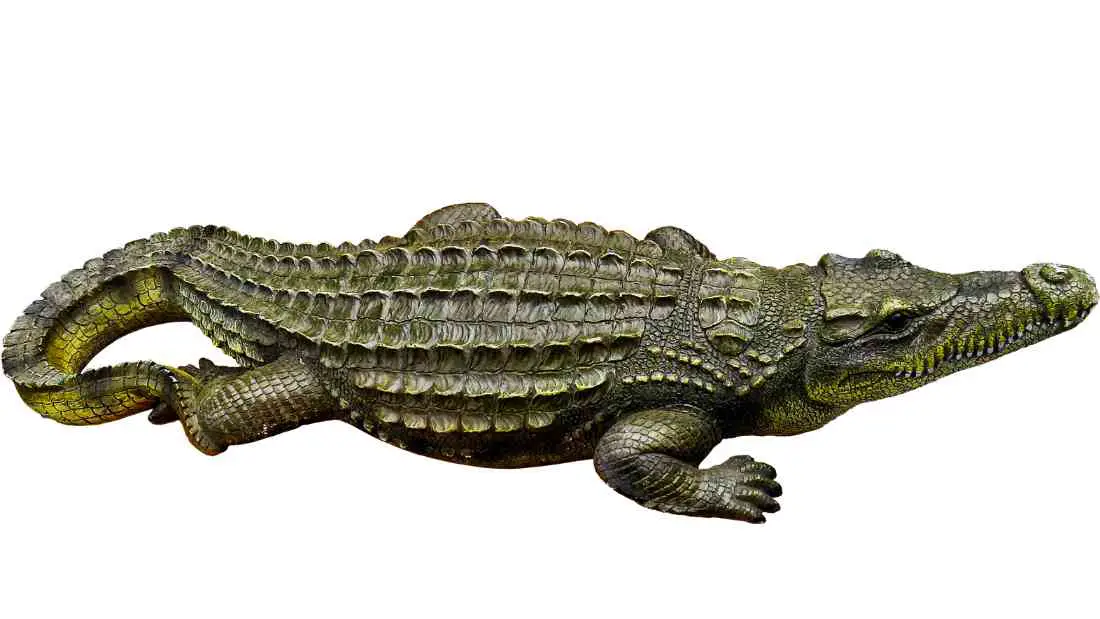
The Temple in Arsinoe
Sobek, the crocodile god, held a position of utmost importance in Arsinoe, also known as Crocodilopolis in Greek, which was located in the Faiyum region of ancient Egypt.
As the most popular deity in Arsinoe, Sobek was regarded as the Lord of Faiyum.
The people of this region revered him as the protector and provider of their land.
They believed that Sobek’s presence ensured the fertility and abundance of the Faiyum oasis, which was vital for agriculture and sustaining their livelihoods.
In Arsinoe, a magnificent temple dedicated to Sobek stood as a testament to his status as the primary god of the city.
This temple was adorned with elaborate carvings and illustrations depicting the power and might of Sobek.
Devotees flocked to this sacred site to offer prayers, sacrifices, and seek the blessings of the crocodile god.
The city also celebrated an annual festival called the “Feast of the Beautiful Reunion,” where Sobek was honored with processions, music, and dancing.
This joyful event served as a means to express gratitude to Sobek for his benevolence and protection.
The popularity of Sobek in Arsinoe is evident in the numerous artifacts and inscriptions discovered in the region.
Archaeological findings, including mummified crocodiles and votive offerings, highlight the deep veneration and devotion the residents of Arsinoe held for Sobek.

Conclusion
In conclusion, Sobek, the ancient Egyptian deity associated with the Nile crocodile, holds a significant place in Egyptian mythology and religious beliefs.
His complex nature is evident in various depictions and associations throughout history.
From being revered as the god of fertility and the creator of the world to embodying strength and power, Sobek’s influence extended across Egypt.
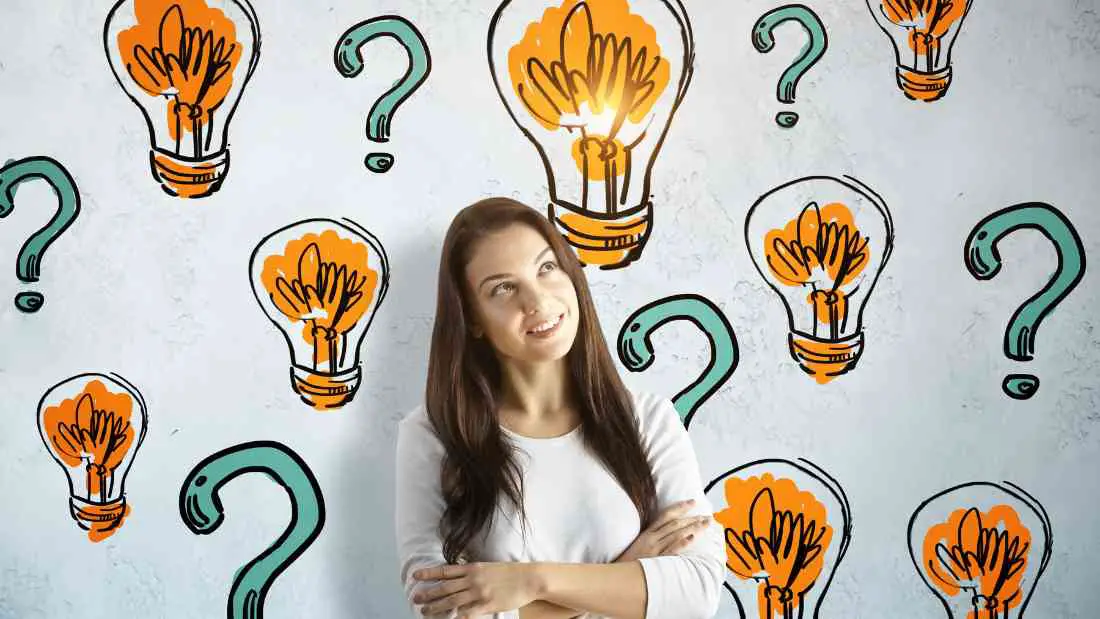
Frequently Asked Questions About Sobek, the Crocodile God of Ancient Egypt
Sobek is an ancient Egyptian god associated with the Nile crocodile. He was often depicted as a man with the head of a crocodile or simply as a crocodile.
Sobek was primarily associated with the power and fertility of the Nile River. He was also seen as a protective deity and a symbol of strength and ferocity.
Sobek had numerous temples dedicated to his worship throughout Egypt, with the most famous being the Temple of Kom Ombo. Worshippers would offer sacrifices and prayers to seek his blessings, especially for fertility and protection.
Sobek was both feared and revered. On one hand, he was seen as a powerful and dangerous force, representing the wild nature of the Nile crocodile. On the other hand, he was worshipped and revered as a protective deity who provided fertility and prosperity.
One notable myth involves Sobek assisting the sun god Ra on his journey through the underworld by warding off his enemies. Another story tells of Sobek’s role in the creation of the world.
Posts About the Egyptian Pantheon of Gods
The Pantheon of Ancient Egyptian Gods – A Comprehensive Guide
The Wrath of Montu – The Mythology of the Egyptian War God
Egyptian God Ammit – The Eater of Hearts in Ancient Egyptian Mythology
The Nightly Journey of Khonsu – The Ancient Egyptian God of the Moon
Ihy – The Joyful Ancient Egyptian God of Music
Min – The Ancient Egyptian God of Fertility
The Egyptian God Anubis – His Evolution from Son of Ra to Protector of the Dead
Unraveling the Mysteries of Babi – The Ancient Egyptian Baboon God
Ra, the Egyptian Sun God – Symbolism and Significance in Ancient Egyptian Culture
Sobek: The Ferocious Crocodile God of Ancient Egypt
The Enigmatic Mythology of Horus, the Egyptian Sky God
The Egyptian God Set – Protector of the Desert and Lord of Conflict
The Ancient Egyptian God Medjed: The Guardian of Osiris and the Afterlife
Anput, the Wife and Female Version of Anubis
Selket – The Scorpion Crowned Egyptian Goddess
Shu – The Egyptian God of Air, Wind, Peace and Lions
Hapi the Androgynous Ancient Egyptian God of the Nile
The Egyptian Sky Goddess Nut: Myth and Symbolism
The 42 Laws of Maat: The Moral Principles of the Ancient Egyptians
The Ancient Egyptian Goddess Mut: The Maternal Power in Egyptian Mythology
The Warrior Goddess: Neith in Ancient Egyptian Mythology
The God Bes: The Joyful Dwarf Deity in Ancient Egyptian Culture
The Egyptian Gods of Love: Hathor and Isis in Ancient Egyptian Mythology
Confronting the Serpent: The God Apep, the Nemesis of Ra in Egyptian Myth

